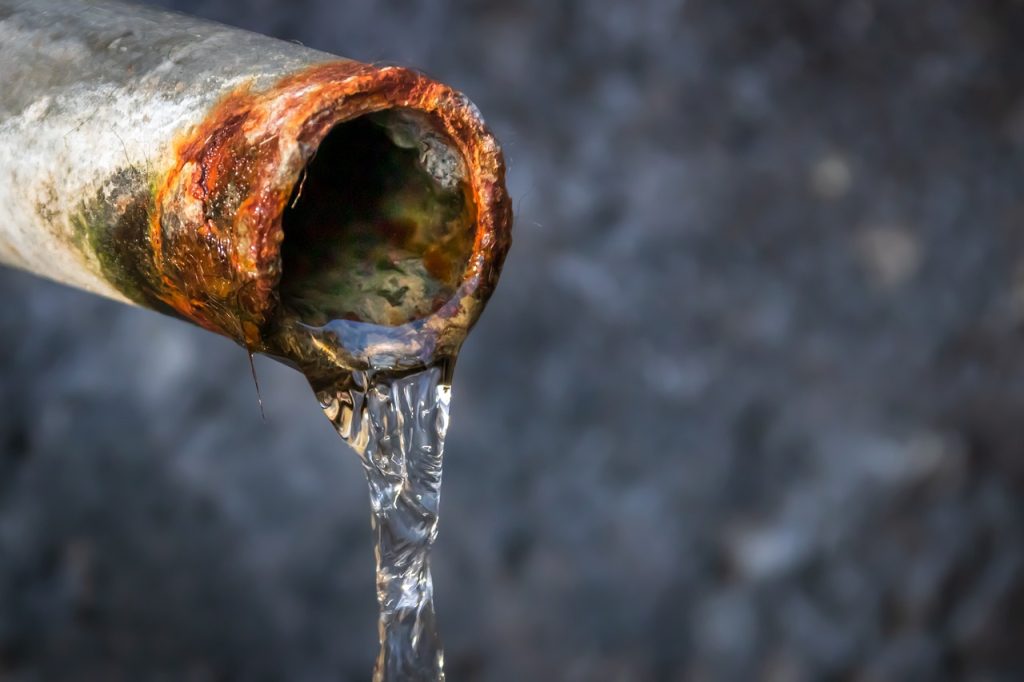Replacement of old galvanized pipes with modern materials
Replacement of old galvanized pipes with modern materials

Replacement of Old Galvanized Pipes with Modern Materials is a crucial service that addresses common plumbing issues found in older homes and commercial buildings throughout Toronto. Galvanized pipes, once a popular choice for water supply lines, have become problematic over time due to their tendency to rust, corrode, and eventually fail. This leads to a wide range of issues such as water quality concerns, reduced water pressure, and frequent leaks. Replacing these outdated pipes with modern materials not only enhances the performance of a plumbing system but also prevents costly repairs and improves the long-term value of a property.
Why Replace Galvanized Pipes?
Galvanized pipes are steel pipes coated with a layer of zinc to protect them from rusting. While this was effective in the short term, over the decades, these pipes deteriorate. The zinc coating erodes, and the steel becomes exposed to moisture, causing rust and corrosion from the inside out. This deterioration not only compromises the integrity of the pipes but also impacts water quality, often giving water a metallic taste or rusty color.
Here are some key reasons why replacing old galvanized pipes with modern alternatives is essential:
Water Quality Improvement: As galvanized pipes corrode, rust particles can contaminate the water supply, causing discolored water that may not be safe to drink or use. Rust can also affect the taste of the water and leave stains on fixtures and clothing. New materials, such as copper or PEX piping, are non-corrosive, ensuring clean and safe water for everyday use.
Restoring Water Pressure: Over time, corrosion and rust buildup inside galvanized pipes can significantly reduce water pressure. This is especially noticeable in older homes where multiple faucets, showers, or appliances are in use. Replacing the pipes with modern materials eliminates blockages and restores optimal water flow.
Preventing Leaks: Galvanized pipes become brittle with age, making them more susceptible to leaks and breaks. These leaks can cause extensive water damage, mold growth, and structural issues if not addressed promptly. Replacing these old pipes helps prevent these costly repairs by installing durable, long-lasting materials.
Complying with Modern Building Codes: In many cases, building codes in Toronto and other areas no longer approve galvanized piping for new installations. Replacing old pipes ensures that your property remains up to code and can increase its value, especially if you’re planning to sell or renovate your home.
Modern Materials for Pipe Replacement
When it comes to replacing galvanized pipes, modern materials like copper and PEX piping are commonly used due to their durability, flexibility, and long lifespan. Both materials offer distinct advantages depending on the specific needs of the plumbing system.
Copper Piping: Known for its longevity, copper is resistant to corrosion and can withstand high temperatures and pressure. It’s a popular choice for water supply lines in residential and commercial settings. Copper piping is also biostatic, meaning it doesn’t allow bacteria to grow within the pipes, providing an additional layer of water safety.
PEX Piping: PEX (cross-linked polyethylene) has gained popularity due to its flexibility, resistance to freezing, and ease of installation. Unlike rigid copper pipes, PEX can expand and contract with temperature changes, making it less likely to burst in cold weather. It’s also highly durable and more affordable than copper, making it an excellent option for both renovations and new installations.
The Replacement Process
The replacement of galvanized pipes typically involves several steps to ensure that the transition is smooth and minimally disruptive to the property’s occupants. A professional plumber will start with a thorough inspection of the existing plumbing system to assess the condition of the pipes and determine the scope of the replacement.
Initial Inspection: The first step in the replacement process is a detailed inspection of the plumbing system to identify the areas where galvanized pipes are installed. This includes checking water pressure, examining any visible pipes, and assessing the overall condition of the system.
Planning and Preparation: Once the inspection is complete, a detailed plan is created to replace the galvanized pipes with modern materials. This involves mapping out the entire plumbing system, identifying which sections of the building will be affected, and determining the best materials to use based on the building’s specific needs.
Removal of Galvanized Pipes: After preparation, the old galvanized pipes are carefully removed from the system. This can involve cutting into walls or floors, especially in older homes, to access the pipes. A skilled plumber will take care to minimize damage to the structure and ensure that the replacement process is as efficient as possible.
Installation of New Pipes: Once the old pipes are removed, the new copper or PEX pipes are installed. This part of the process is usually straightforward, and because modern materials are easier to work with, the installation is typically quicker than the removal. In addition, modern pipes are often more flexible, which allows for fewer joints and less potential for future leaks.
Testing the System: After the new pipes are installed, the entire plumbing system is thoroughly tested to ensure that there are no leaks, and that water pressure and flow have been fully restored. This step is crucial to ensure that the system operates smoothly and efficiently.
Restoration of the Property: Once the replacement is complete, any walls or floors that were opened to access the pipes are repaired and restored. This ensures that the home or business is returned to its original condition, and any mess or disruption caused during the replacement is cleaned up.
Long-Term Benefits
Investing in the replacement of old galvanized pipes offers long-term benefits, both financially and in terms of peace of mind. Not only does it reduce the risk of leaks and water damage, but it also improves the overall functionality of the plumbing system. In the long run, replacing these pipes can save homeowners and businesses in Toronto significant money on repairs and water bills.
Additionally, modern piping materials, such as PEX, are designed to last for decades without corroding or degrading, which means fewer future maintenance costs. Improved water quality, better water pressure, and enhanced safety make the investment worthwhile, particularly in homes with aging plumbing systems.
Others FAQs
The cost of replacing galvanized pipes depends on the size of the property, the extent of the plumbing system, and the materials chosen for replacement. It typically ranges from several thousand dollars, as replacing all pipes can be a labor-intensive process. Contacting a plumbing professional can provide a more accurate estimate based on your specific situation.
Yes, replacing galvanized pipes can be worth it, especially in older homes. Galvanized pipes are prone to corrosion and rust over time, which can lead to water discoloration, reduced water pressure, and even leaks. Replacing them can improve water quality, pressure, and the overall longevity of your plumbing system.
Galvanized water pipes can be replaced with modern materials like PEX, copper, or PVC (for non-drinking water). Each material has its advantages: PEX is flexible and resistant to freezing, copper is durable and long-lasting, and PVC is affordable and easy to install. A plumbing professional can help you choose the best option based on your needs.
Yes, galvanized pipes are often a problem in older homes. Over time, they can corrode, leading to issues such as poor water quality, low water pressure, and potential leaks. If your home has galvanized pipes, it’s often a good idea to consider replacing them to avoid these common issues and ensure a reliable plumbing system.
